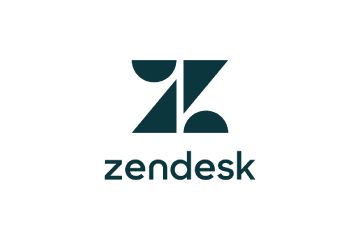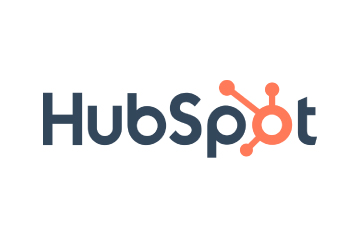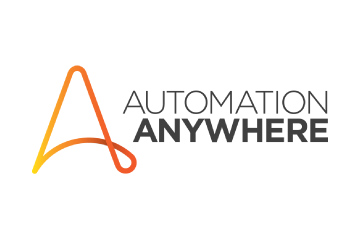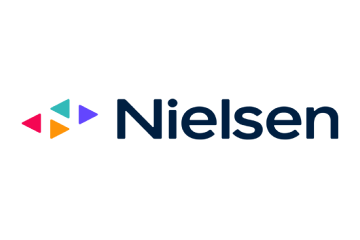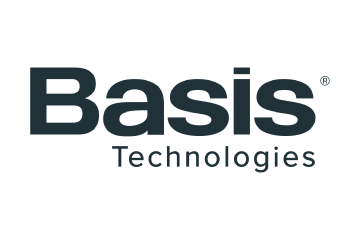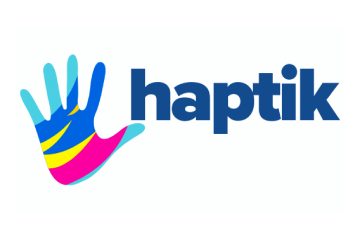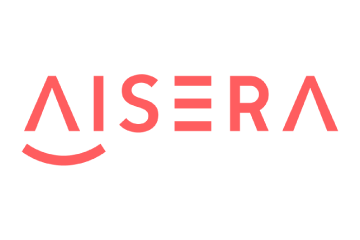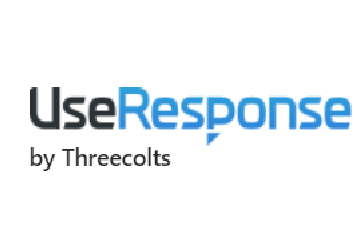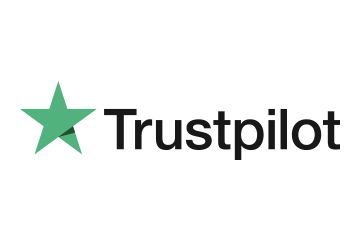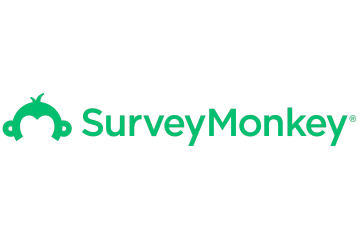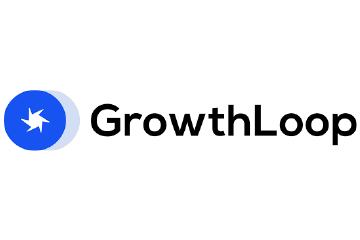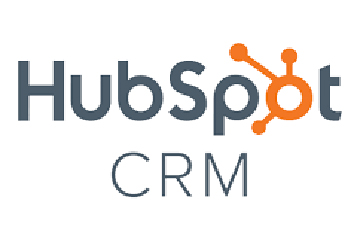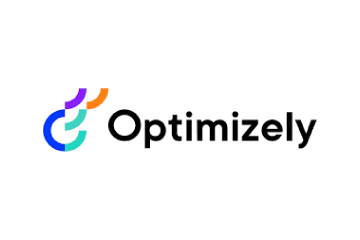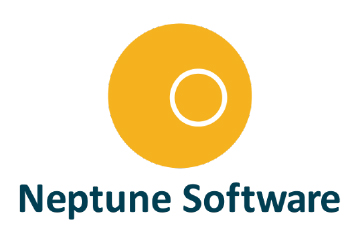AI is everywhere. It’s the cornerstone of transformation roadmaps, the centrepiece of boardroom conversations, and increasingly, the north star of enterprise innovation.
A recent Qlik study revealed that 86% of senior executives say AI is now central to their organisation’s business strategy. Yet, only a small fraction are seeing the meaningful business outcomes they hoped for.
A parallel report by Kyndryl paints a similar picture. Despite the enthusiasm, most businesses are still stuck in the early phases of AI maturity. Only 5% of organisations are considered ‘AI Pacesetters’— those that successfully use AI at scale and see significant returns.
So what’s going wrong?
The AI Execution Gap Is Real
Both reports point to a sobering truth: strategy alone isn’t enough. There’s a wide and growing gap between AI ambition and AI execution, and it’s costing companies time, money, and competitive advantage.
“Organisations clearly recognise that merely investing in AI is insufficient; what matters now is delivering tangible outcomes. Yet, as our research underscores, the road to production AI remains blocked by persistent hurdles—cost, complexity, and data fragmentation,” said Mike Capone, CEO of Qlik.
Closing the AI execution gap requires more than aspiration—it demands practical solutions that simplify data integration, ensure governance, and empower better decision-making.
This pressure is even more intense with generative AI dominating leadership agendas. The pace of genAI evolution amplifies organisational anxiety and widens the gap between intent and capability.
Eric Hanselman, Chief Analyst at S&P Global Market Intelligence, said, “The fast-evolving GenAI landscape pressures enterprises to move swiftly, sometimes sacrificing caution as they strive to stay competitive. Many are deploying GenAI tools before fully understanding their implications, especially with the surge of SaaS platforms embedding genAI capabilities.”
Recent research from S&P, ‘The 2025 Thales Data Threat Report’ revealed that nearly 70% of organisations consider the fast pace of generative AI development the leading challenge tied to AI adoption, followed by concerns over integrity (64%) and trustworthiness (57%).
Enterprises are leveraging AI to accelerate product development, enhance CXs, improve training, speed drug discovery, and optimise operations. However, the rapid adoption of genAI introduces complex challenges that organisations must navigate carefully.
The Five Core Blockers Include:
1. Workforce Inertia and Fear
- Kyndryl found that 71% of leaders believe their workforce isn’t ready to adopt AI.
- 45% say there’s active resistance or even fear of job displacement due to AI.
2. Talent and Skills Shortages
- Over half of the organisations surveyed (51%) admit they lack the necessary AI-skilled talent to scale effectively.
- Many are not investing fast enough in reskilling or change management.
3. Data Complexity
- Qlik’s report shows most organisations are bogged down by fragmented data systems, legacy infrastructure, and inconsistent governance models.
- Nearly 80% of respondents say these issues are their biggest barriers to realising AI’s full potential.
4. Leadership Disconnects
- Decision-makers often approve AI investments without aligning execution with on-ground operational realities.
- Only a small portion of leaders feel confident that they have visibility into how AI projects are progressing.










